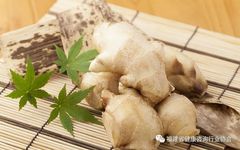
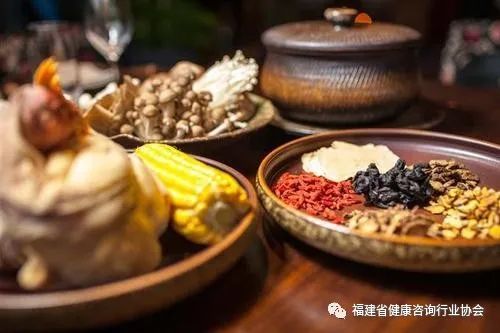
Traditional Chinese Medicine (TCM) has long held the theory of “food and medicine share the same source” (also known as “medicine and food share the same source”)—this theory posits that many foods serve as both food and medicine, capable of preventing and treating diseases just like medicinal herbs.
The primary characteristic of yin foods is their cold and cool nature, with a bitter taste and downward medicinal properties. When the body’s yang energy is excessive and internal heat is high, we can use these foods to lower the yang energy, achieving a balance between yin and yang. Conversely, yang foods are characterized by their warm and hot nature, with a spicy taste and upward medicinal properties. Their main function is to elevate the body’s yang energy. When the body’s yin energy is excessive and internal cold is high, we can use these foods to boost yang energy and warm the body, dispelling cold.
Today, we will list the top ten yang-warming and cold-dispelling foods that share the same source as medicine.
Ginger (Sheng Jiang) — Releases the Exterior and Dispels Cold
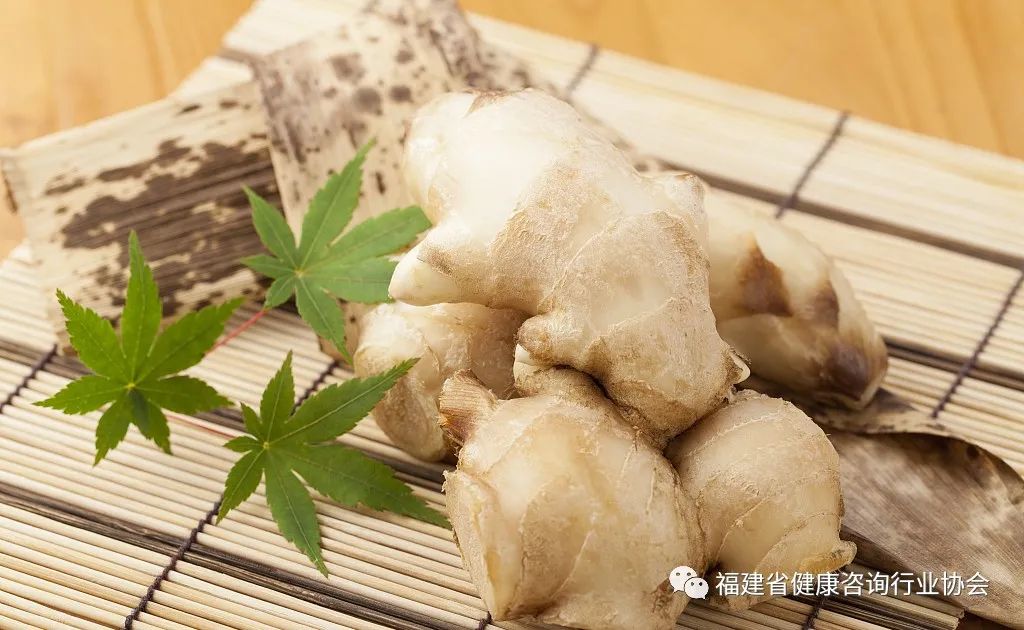
Ginger is spicy, warm, aromatic, and light, making it a typical yang food.
The primary function of ginger is to promote yang and disperse qi. It is often said, “Eat radish in the morning and ginger at night; you won’t need a doctor’s prescription.” This means that in the morning, when the body’s yang energy is rising, consuming ginger, which is pure yang, can help stimulate yang energy, promote the circulation of qi and blood, and keep one energized throughout the day.
It is important to note that those with yin deficiency and excess internal heat, indicated by a red tongue with a yellow coating or red eyes due to internal heat, should avoid ginger.
Leek (Jiu Cai) — Tonifies the Kidneys and Raises Yang
Leek, also known as “yang-raising grass,” is a yang food. It is warm in nature and spicy in flavor, with the ability to tonify the kidneys and raise yang. Leeks are suitable for individuals with a cold constitution. However, those with stomach deficiency and heat or yin deficiency with excess fire should avoid leeks.
Leeks are best consumed in spring. “Spring foods are fragrant, summer foods are pungent,” as spring is the time when the liver wood stirs and yang energy rises. Eating leeks is beneficial for tonifying the spleen and stomach qi, which in turn supports overall energy, helping to maintain the balance of yin and yang during the chilly spring weather.
Fennel (Xiao Hui Xiang) — Warms the Lower Abdomen
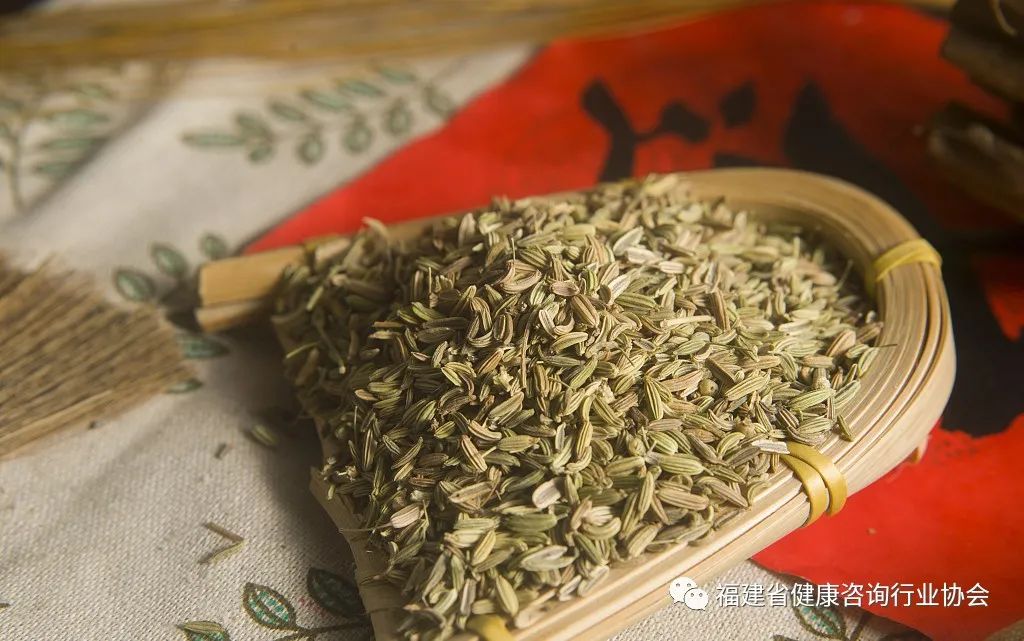
Fennel can eliminate the fishy smell of meat and enhance the aroma of meat dishes, hence its name “Hui Xiang.” Note that there are two types of fennel—large fennel (Ba Jiao) and small fennel (Xiao Hui Xiang). The latter resembles grains.
Fennel is spicy, warm, and enters the liver, kidney, spleen, and stomach meridians. It can warm the liver and kidneys, warm the spleen and stomach, and regulate qi. Interestingly, it can also treat hernias, known as “small intestine qi.”
Fennel is generally used for cold syndromes; however, if there is excess heat in the stomach and kidneys, or heat in the small intestine, using fennel may worsen the symptoms. Therefore, those with heat toxins in the body should avoid fennel.
Chinese Pepper (Chuan Jiao) — Dispels Cold and Dampness
Chinese pepper, also known as Hu Jiao, is called Qin Jiao when produced in the Qin region and Chuan Jiao when produced in the Shu region.
Chinese pepper is spicy and hot, entering the spleen, stomach, lung, and kidney meridians. It can warm the spleen and stomach, tonify the life gate, disperse yin cold, expel parasites, relieve pain, and dry dampness. Using Chinese pepper in foot baths can effectively dispel dampness and cold.
Pepper (Hu Jiao) — Warms the Middle and Dispels Cold
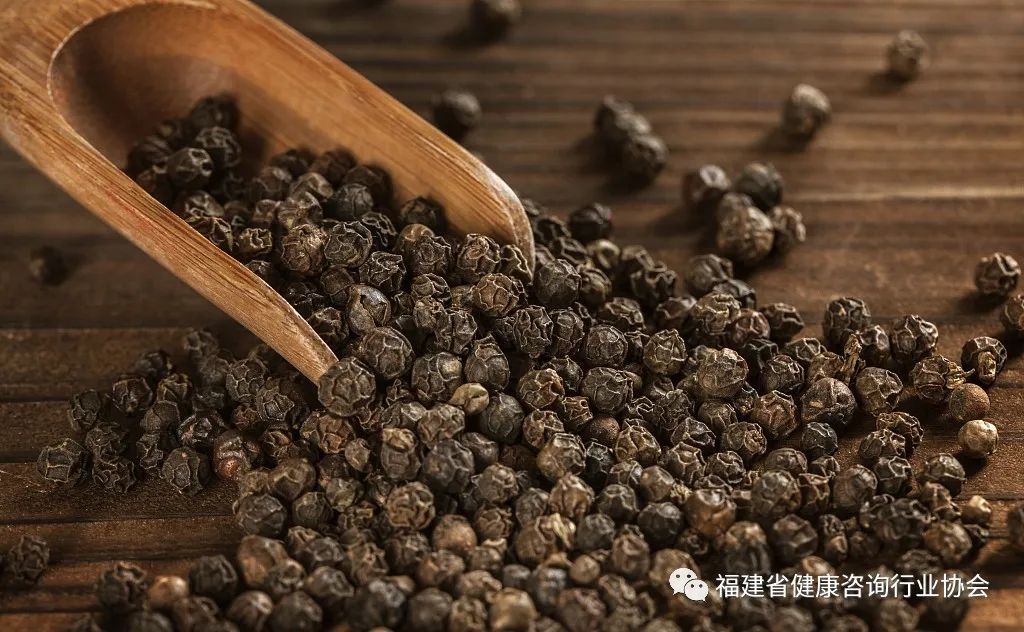
Pepper is a spicy and pure yang food. If one has a cold constitution, consuming it can dispel cold. However, for those with a hot constitution or prone to heat illnesses, it can exacerbate symptoms. Therefore, individuals with sore throats, toothaches, or eye diseases should avoid pepper.
Pepper is not suitable for those with internal heat, but it is beneficial for those with cold constitutions. It can warm the middle and dispel cold, strengthening kidney qi. For those with stomach cold, diarrhea, or deficiency cold, a moderate amount of pepper can be consumed.
Additionally, pepper has an appetite-stimulating effect; adding a little pepper powder while cooking can help enhance appetite.
Pumpkin (Nan Gua) — Warms and Tonifies Spleen Qi
Pumpkin is warm in nature, sweet in taste, and enters the spleen and stomach meridians, effectively tonifying qi. It is particularly beneficial for individuals with spleen deficiency and weak qi. For diabetic patients, pumpkin is an excellent vegetable as it can prevent rapid spikes and drops in blood sugar, stabilizing their condition, which aligns with TCM’s view on tonifying the spleen.
However, those with a hot constitution or stomach heat should consume pumpkin in moderation. Pumpkin tonifies qi, so those with qi stagnation and damp obstruction should also limit their intake. Overconsumption of pumpkin can lead to beriberi or jaundice.
Coriander (Xiang Cai) — Dispels Cold and Promotes Qi
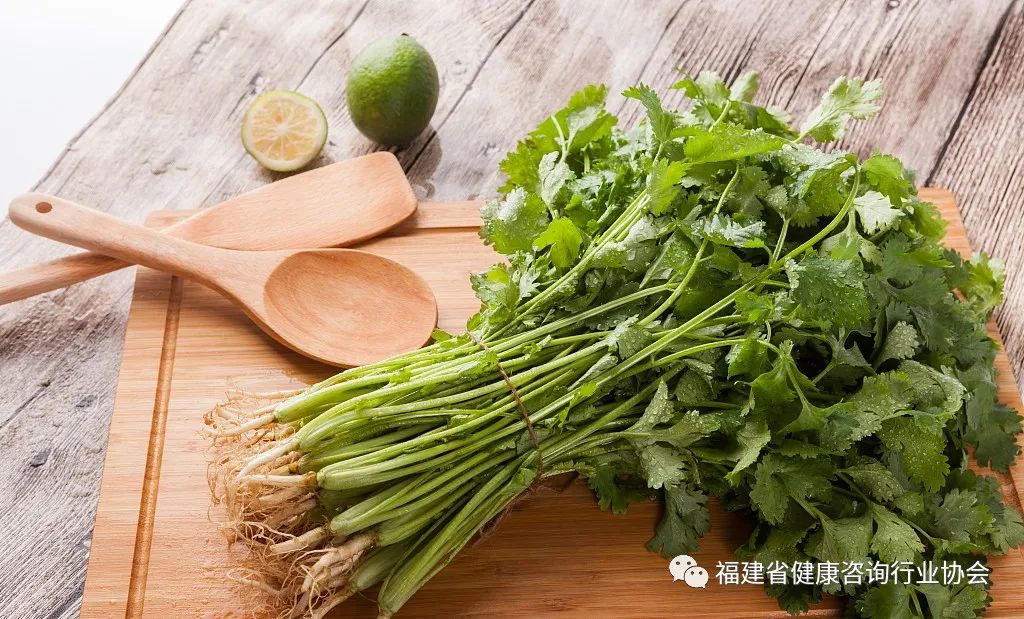
Coriander, known for its aroma, is commonly referred to as “Yuan Su” in northern China and is a frequently used aromatic vegetable. The stimulating aroma of coriander can release the exterior and dispel cold, especially for those with exterior wind-cold, helping to induce sweating and dispel cold. This function is similar to that of scallions. However, because coriander can move qi, it is considered a “moving substance” and may trigger the recurrence of old ailments.
Additionally, the Fujian Provincial Health Consultation Industry Association specifically reminds that individuals with body odor should avoid coriander, as well as those with halitosis, as it may exacerbate these issues. Even those with a balanced constitution should not consume too much, as excessive intake can affect vision and deplete yin and yang energy.
Chestnut (Li Zi) — Warms and Tonifies the Spleen and Kidneys
Chestnuts are yang foods, and their tonifying effects can rival those of Angelica (Dang Gui), Ginseng (Ren Shen), and Astragalus (Huang Qi). However, overconsumption can lead to heat accumulation in the spleen and stomach.
Chestnuts are warm in nature, sweet in taste, and enter the spleen, stomach, and kidney meridians. They are often referred to as “hardy crops” or “woody grains” in folk sayings. For individuals with spleen and stomach deficiency and cold, they can tonify qi and strengthen the spleen, providing substantial nourishment to the gastrointestinal tract. Moreover, chestnuts also have kidney tonifying properties; in ancient times, they were called the “fruit of the kidneys.” If elderly individuals experience lower back pain due to kidney deficiency, consuming chestnuts can be beneficial. However, moderation is key, as chestnuts can be “difficult to digest when raw and can cause qi stagnation when cooked,” highlighting the importance of balance and moderation.
Onion (Yang Cong) — Dispels Exterior Cold
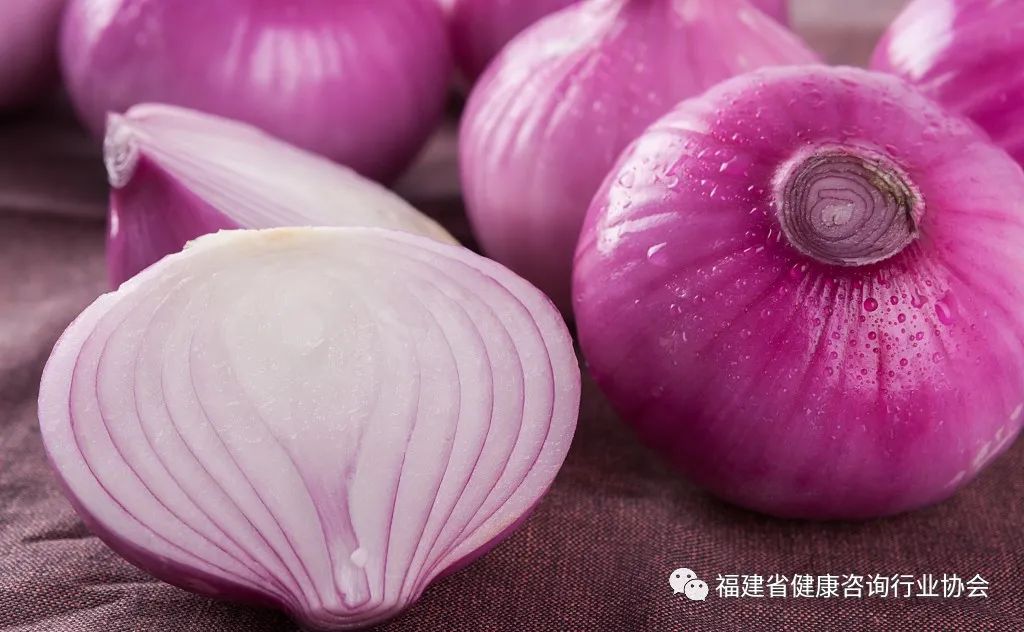
Onion is sweet, slightly spicy, warm in nature, and enters the liver, spleen, kidney, and lung meridians. It has the effects of warming the middle, promoting yang, regulating qi, and strengthening the spleen for digestion. However, its primary function is to disperse wind-cold. If one has a cold and feels chilly but does not sweat, consuming more onion can be beneficial. Drinking onion broth can quickly alleviate symptoms of no sweating and nasal congestion, but those with internal heat should avoid onions.
Green Onion (Da Cong) — Releases the Exterior and Promotes Yang
Green onion is spicy and slightly warm, with the ability to release the exterior and promote yang. It is often said, “Onions irritate the eyes, garlic irritates the heart, and chili peppers irritate both ends.” The stimulating flavor of onions can help the body expel exterior cold, alleviating symptoms of colds and chills.
The Fujian Provincial Health Consultation Industry Association reminds everyone that while food and medicine share the same source, food cannot replace medicine.
Why is this so? Although food and medicine share the same source, they have different paths. Food is meant to meet the body’s normal physiological and biochemical energy needs and sustain a normal lifespan. Compared to medicine, food has a smaller impact on physiological and biochemical processes and a longer duration of action. Food is insufficient to rapidly alter abnormal physiological processes caused by disease; therefore, in daily life, most diseases are primarily treated with medication, with food therapy as a supplementary approach.


